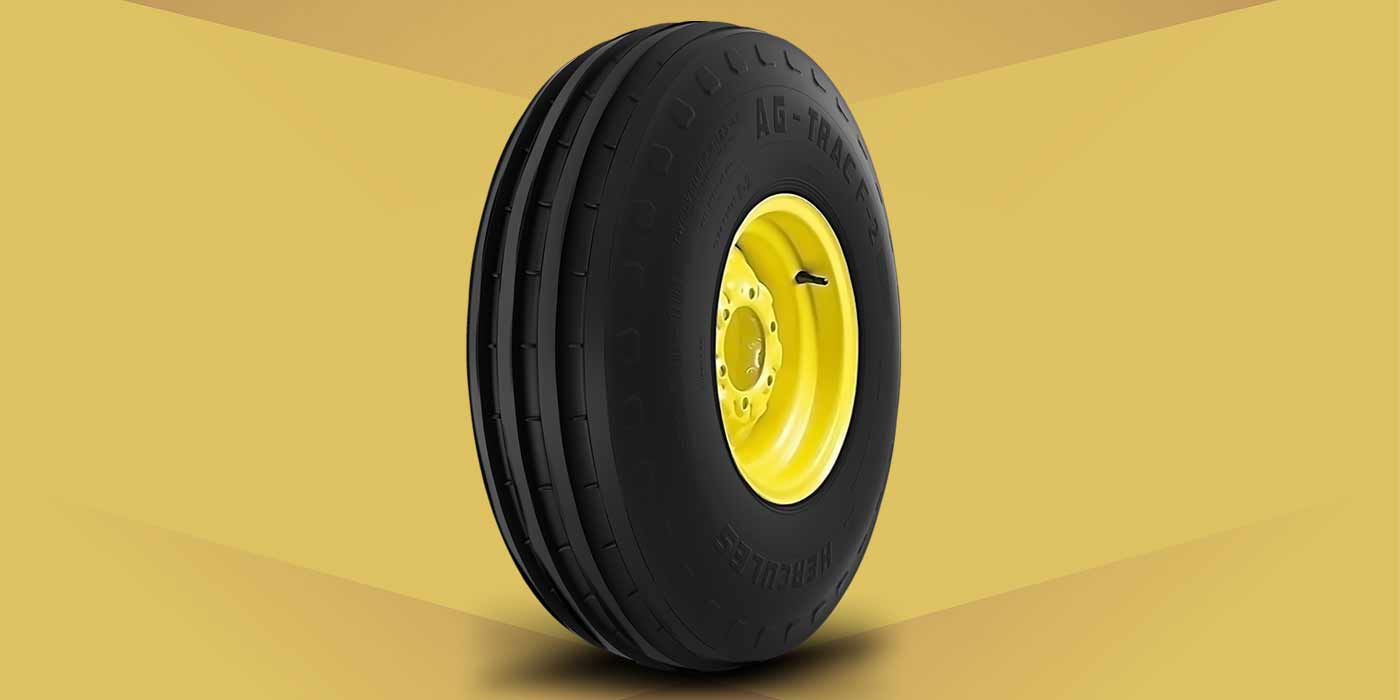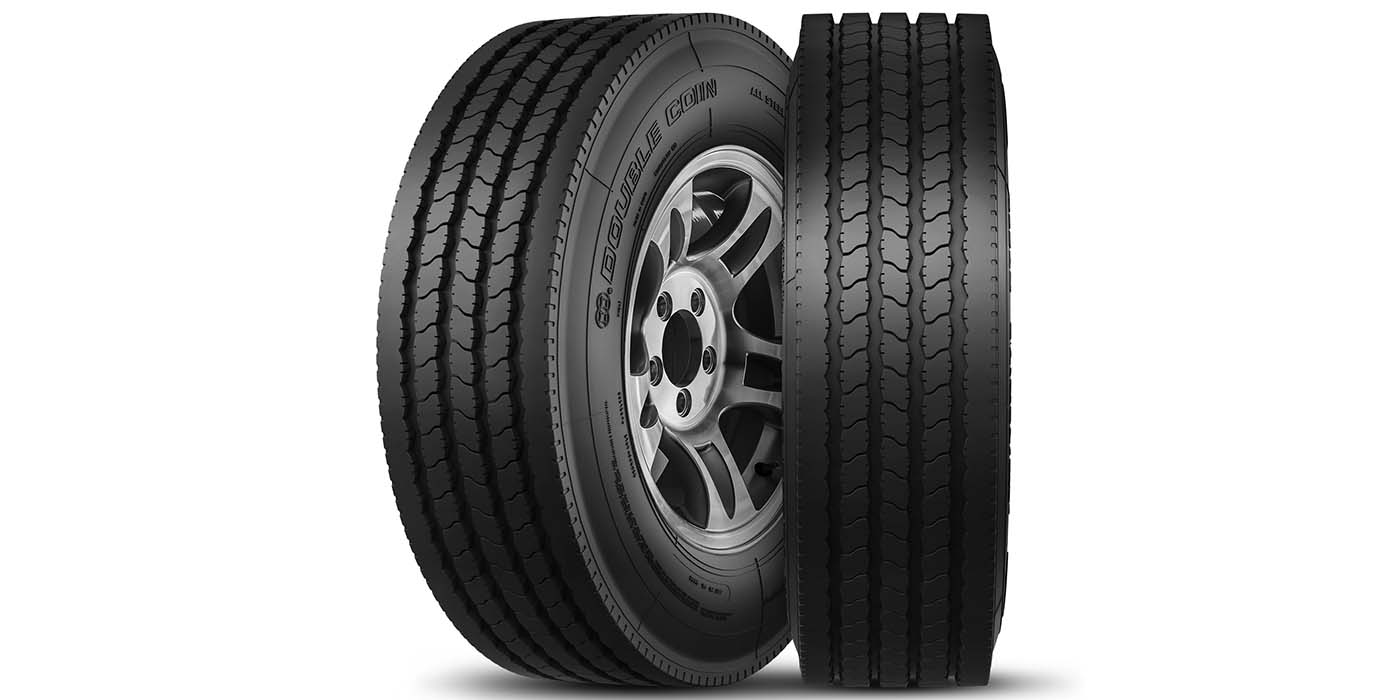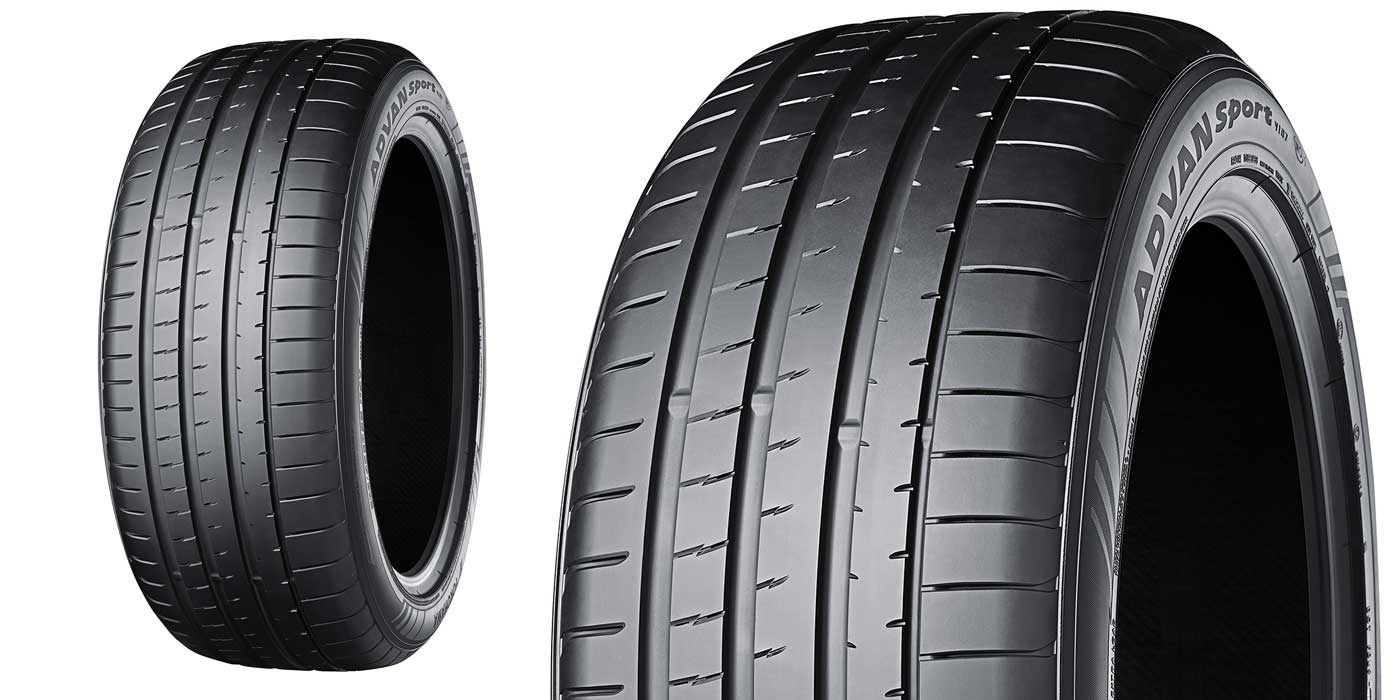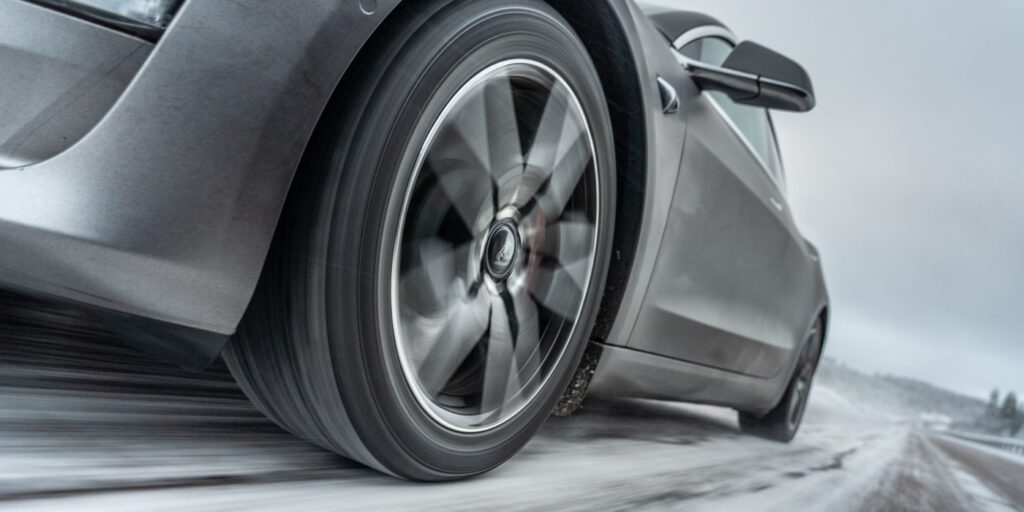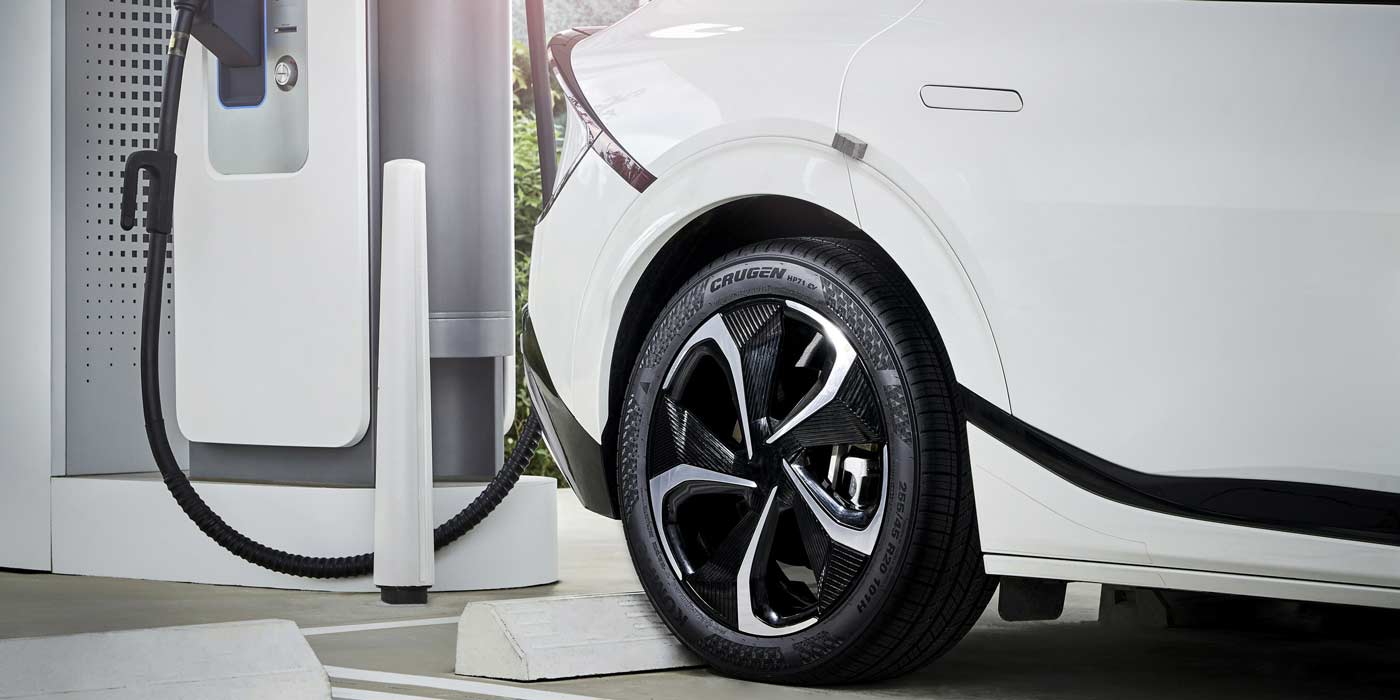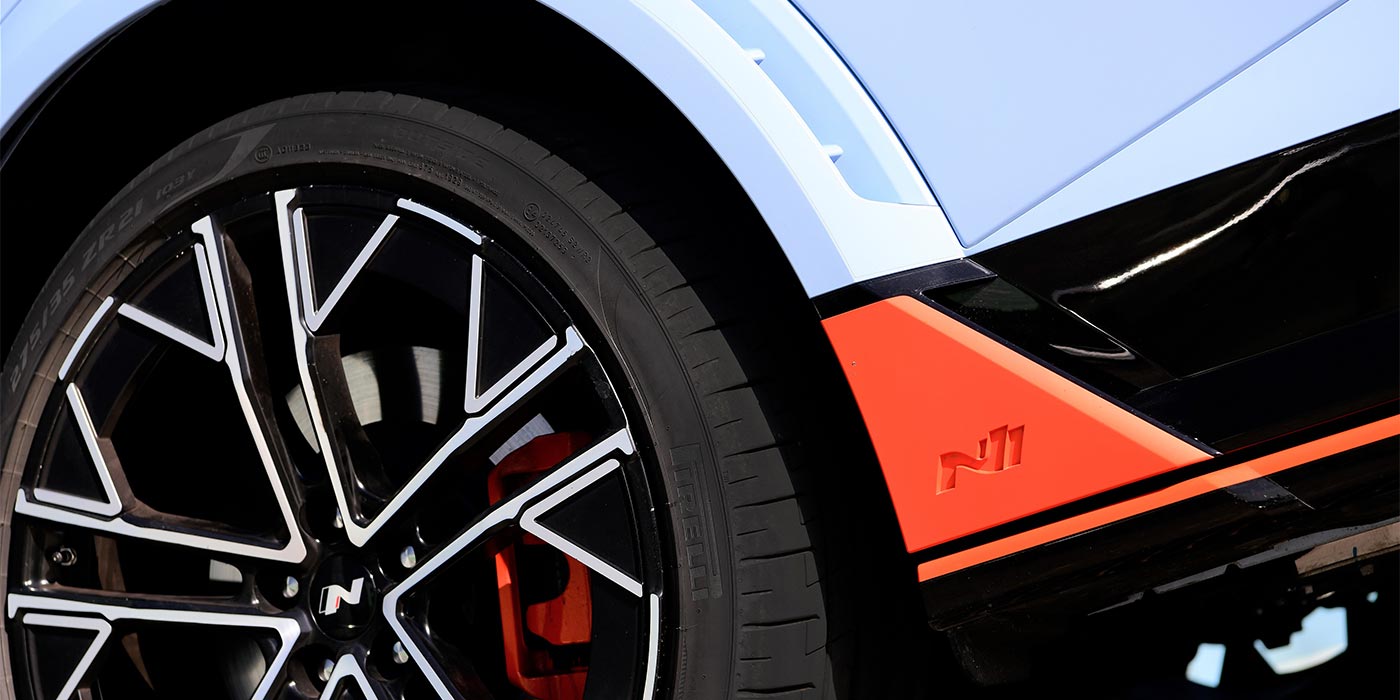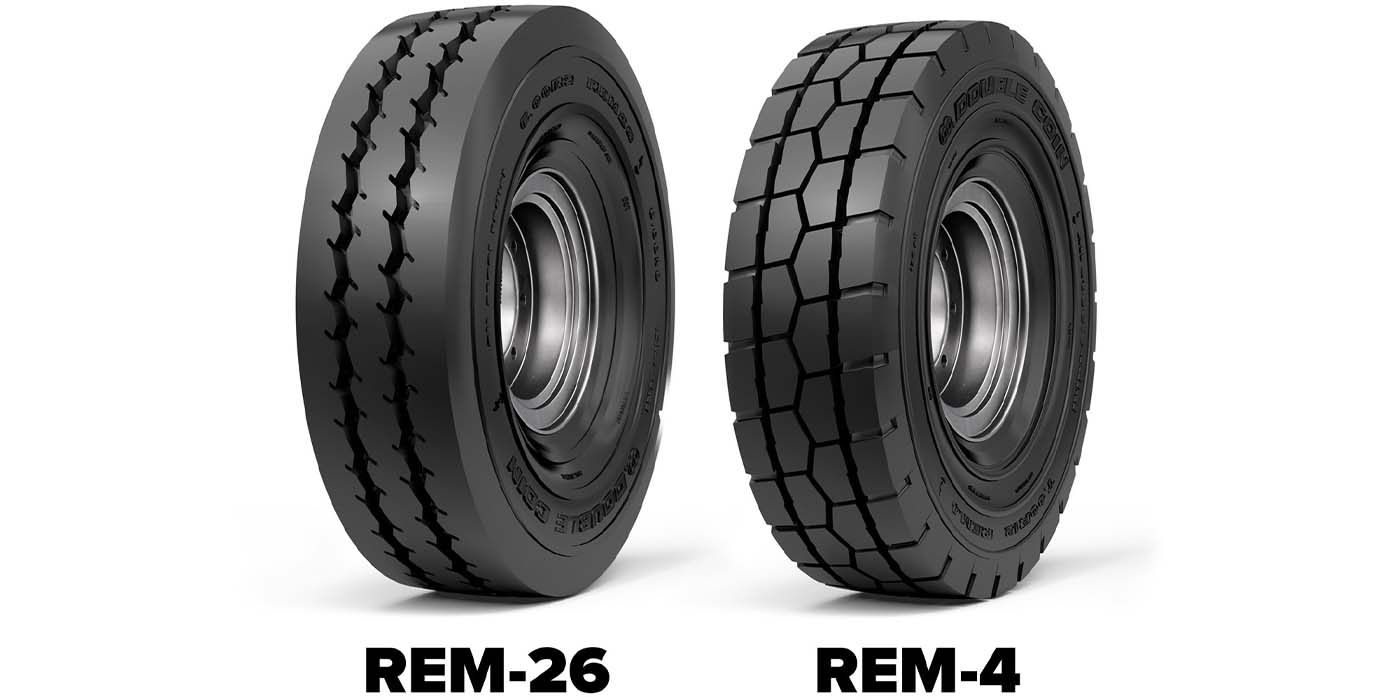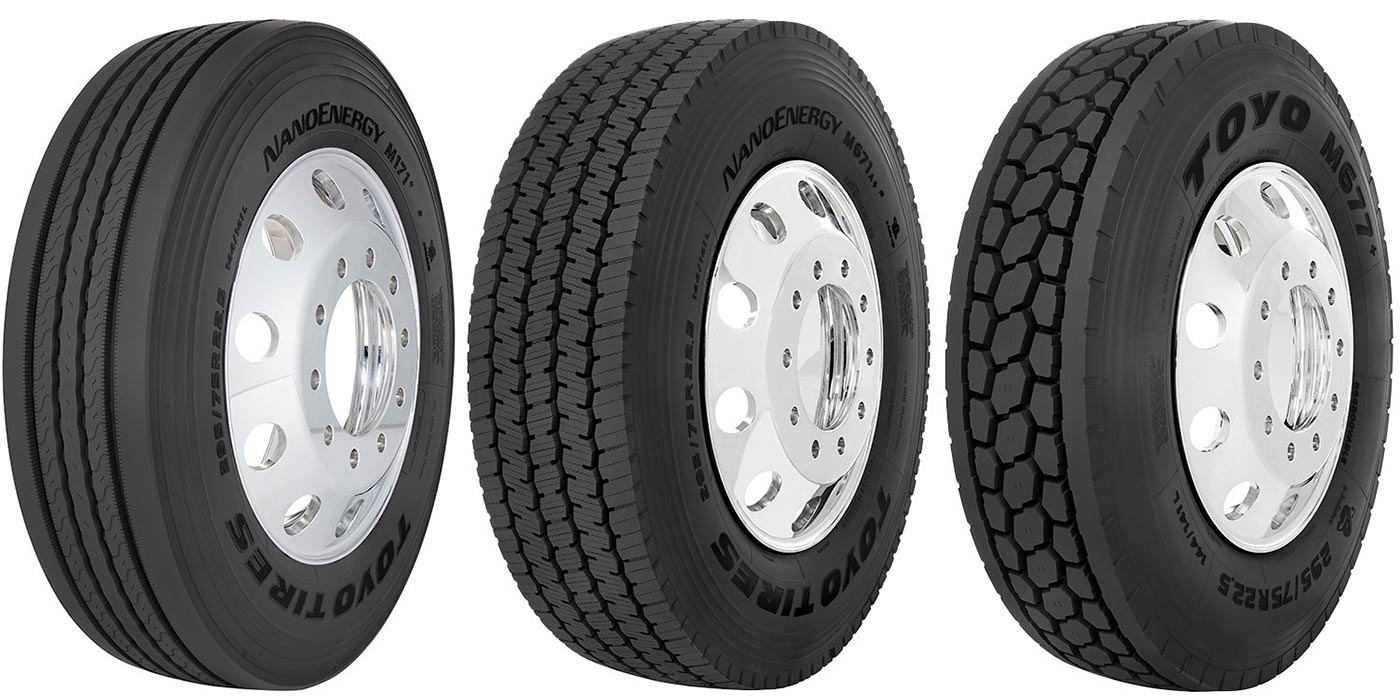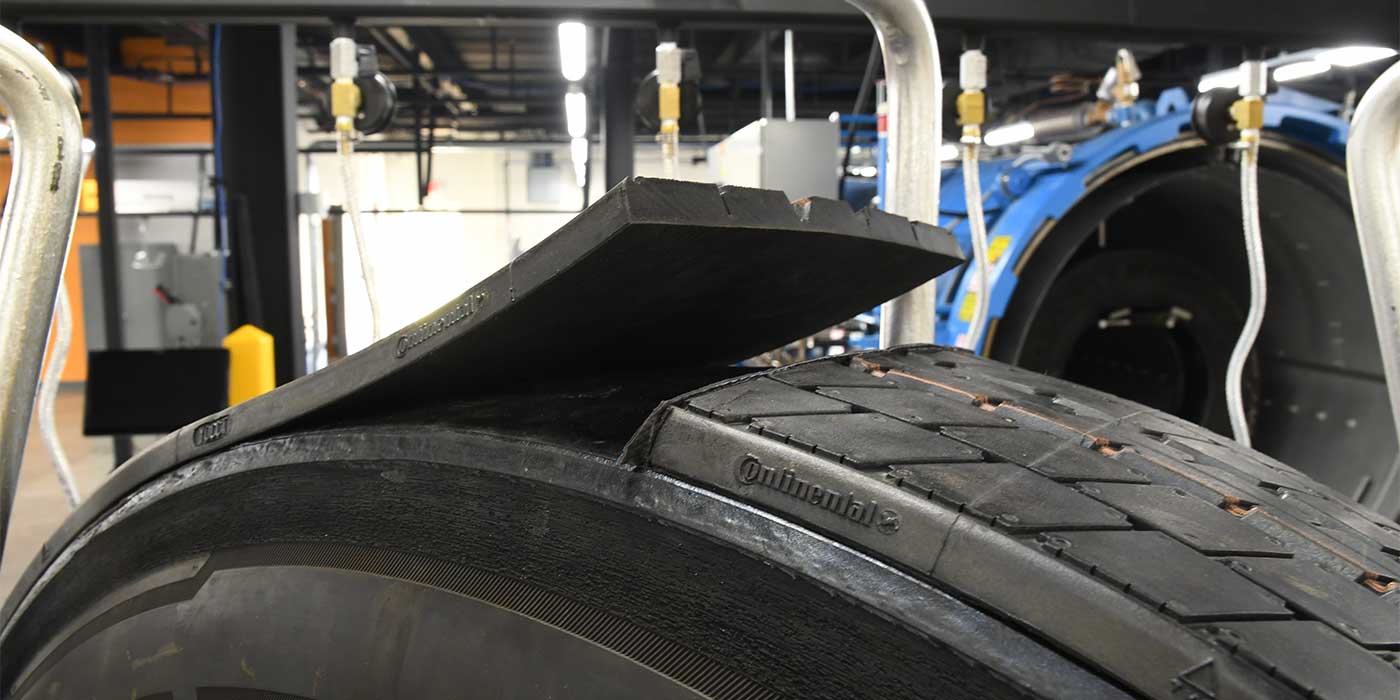Let’s face reality. A paradox exists within tire pressure monitoring system discussions.
On one hand, it’s not a popular topic of conversation in a social setting. In fact, TPMS usually is a conversation stopper.
A recent 19th hole opinion exchange among friends included Gulf of Mexico oil drilling, Tea Party rallies and LeBron. Chatter about pre-season college football polls had just escalated to a feverish pitch when a participant in the conversation thought it was time to test the popularity of a discussion topic that would benefit all automotive drivers in the room – TPMS.
The result was predictable – as if the assemblage of duffers and hackers had been asked its collective opinion about cardboard, the value of concrete or the pros and cons of littering.
On the other hand, TPMS presents an exciting opportunity for tire dealers to help keep customer safety at the forefront while generating more revenue than a conventional valve stem replacement – maybe three times more. Not to forget, it’s a growth industry supported by regulations that dictate its implementation.
Still, tire technicians are hesitant to bring up the TPMS topic to their customers, which can be a great disservice to all parties. The shyness towards addressing the subject stems from many causes. Truth be told, one reason is that technicians themselves still have many questions about the monitoring systems, and customers don’t know enough to inquire about them.
An example of the information void surfaced during an actual conversation that recently took place with a car owner coping with an ongoing tire air leak. He was making bi-weekly trips to his tire dealership for a reinflation after the TPMS warning light illuminated.
“The service manager tells me I have some corrosion on my sensor valve stem,” said the consumer, “and that’s causing the constant loss of air.”
A revelation was forthcoming as the car owner explained his tire dealer did not want to attempt repairs to the wheel assembly. “The service manager said there was a risk of over-tightening the components and breaking the sensor,” he said. “So, I stop by the dealer twice a month for some air.”
Think about it. If this dealership wants to create steady traffic, it’s succeeding. But if the result is mounting customer frustration instead of an additional sale, what’s the point? Also, left unchecked, the corrosion and the air leak will only get worse.
Answering Questions
The service manager is not alone with his uncertainty about TPMS service. With more than 100 different tire sensors currently on the North American automotive market, there are enough questions surfacing across the country that Bartec USA recently introduced a weekly Internet-based TPMS training clinic exclusively for its customers.
Michigan-based Bartec, considered to be one of the leaders in TPMS, provides tools, products, services and support for the industry. In the past 12 years, the company has installed tire pressure monitoring read-and-test systems in more than 70 car manufacturing plants worldwide.
According to Scot Holloway, general manager for Bartec USA, TPMS Tuesday allows purchasers of the company’s tools to participate in training sessions held twice each Tuesday.
“We cover the basics, as well as sensor service, diagnostics, re-learn procedures and available tools,” says Holloway. “This is a value-added service designed to help tire dealers’ technicians and trainers better understand TPMS.”
Holloway says all incoming TPMS questions from Bartec customers are logged and tracked. “When a recurring theme surfaces, the company addresses it by issuing a service bulletin,” he states.
For example, when tire technicians began having difficulty servicing 2007 Chevrolet Silverados, Bartec issued a bulletin stating it is important to determine if the light truck is an early- or late-model 2007. The early model utilizes a Schrader clamp-in sensor, while the late model employs a TRW clamp-in or even a snap-in sensor.
Brian Rigney, general manager for Dill Air Controls Products, also has been compiling a list of questions asked by tire technicians and service managers. Founded in 1909 and owned for 40 years by Eaton until it was sold in 2005, Dill is recognized as an aftermarket leader in TPMS service kits, sensors and tools.
According to Rigney, one of the most common questions is whether the same sensor can be used for a tire pressure level that’s different from the original designation.
“Since a sensor simply reads and sends tire pressure data for on-board diagnostic processing, it usually can be used for another pressure designation,” he says. “So if a consumer changed a wheel package, the required tire pressure could increase from 30 to 40 psi, but the sensor will continue to accurately read the pressure.”
However, it’s important to understand that many sensors only read up to 55 psi, and adjustments must be made to establish an adjusted trigger point for the 25% pressure-drop warning.
Rigney said tire technicians have expressed frustration when servicing and relearning systems on Ford vehicles with banded sensors. “A banded sensor should be located 180 degrees opposite the valve stem,” he says, “but a banded sensor sometimes can walk or slip around the wheel if not properly tightened. If slippage occurs, a technician may have trouble locating the sensor from outside the wheel assembly and will need to move the registration tool around the tire until the sensor is located.”
He adds that the cradle designed to hold banded sensors makes it relatively easy to install them, but if the sensor is incorrectly positioned within it, the relearn process won’t work properly. In addition, a sensor can be damaged if forced into a cradle.
Another issue surfaces when tire technicians wish to avoid damage to a pressure sensor while taking a tire off its wheel. “Often, a sensor is merely pushed away inside the wheel with hopes that the tire changer doesn’t hit it,” says Rigney. “Dill markets a ‘three-way fishing’ tool that holds a sensor in place while removing the tire.”
Identifying the type of TPMS system can also be tricky. As more Ford models are being introduced with snap-in sensors, tire technicians are having difficulty recognizing the difference between new sensor valve stems and conventional TR-413 and TR-418 valve stems.
Rigney said it’s difficult to identify the subtle variations in valve stem design because they are similar in length, but the snap-in has a longer cap. To make it easier the next time around, he recommends installing a metal clamp-in valve when servicing the system. “Remove the snap-in and use the same screw and installation torque to install the clamp-in, which will alert the technician that a sensor is attached to the valve.”
Then there’s always the basic question: Why invest in any TPMS tools, since all cars will soon be designed for auto-learn and auto-relearn processes?
Rigney is always ready for this question. “Not many vehicles have the auto-relearn function today and there is no indication that all vehicles will be auto-relearn in the future,” he says. “Even if it were true – which it’s not – there are still 50 million vehicles with TPMS on the road today. Tire service operations need well-trained technicians with the proper scan tools and correct answers to service customers.”
Holloway can be reached via e-mail at [email protected].
Rigney can be reached at brianrigney@dillaircontrols.com.

